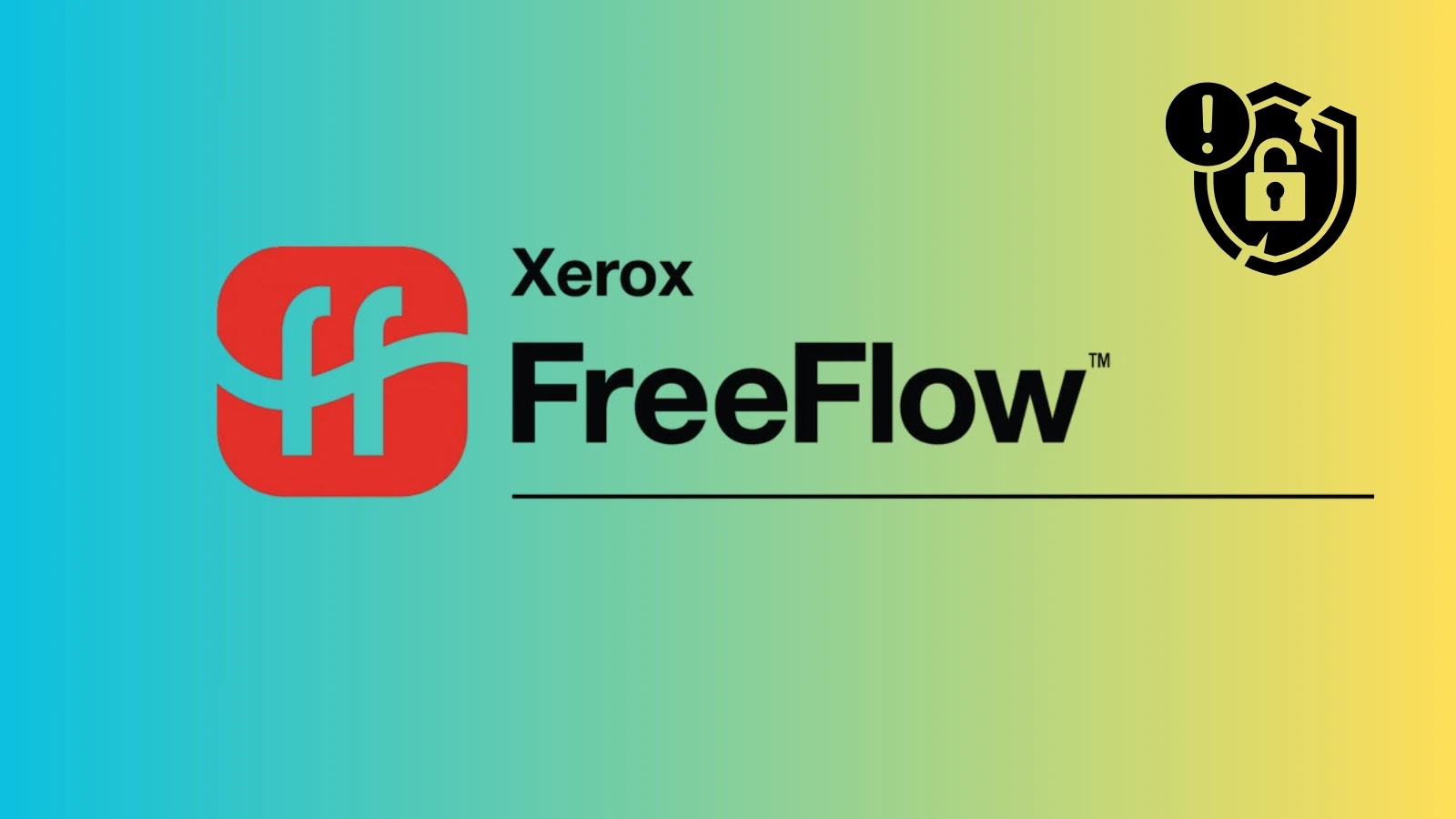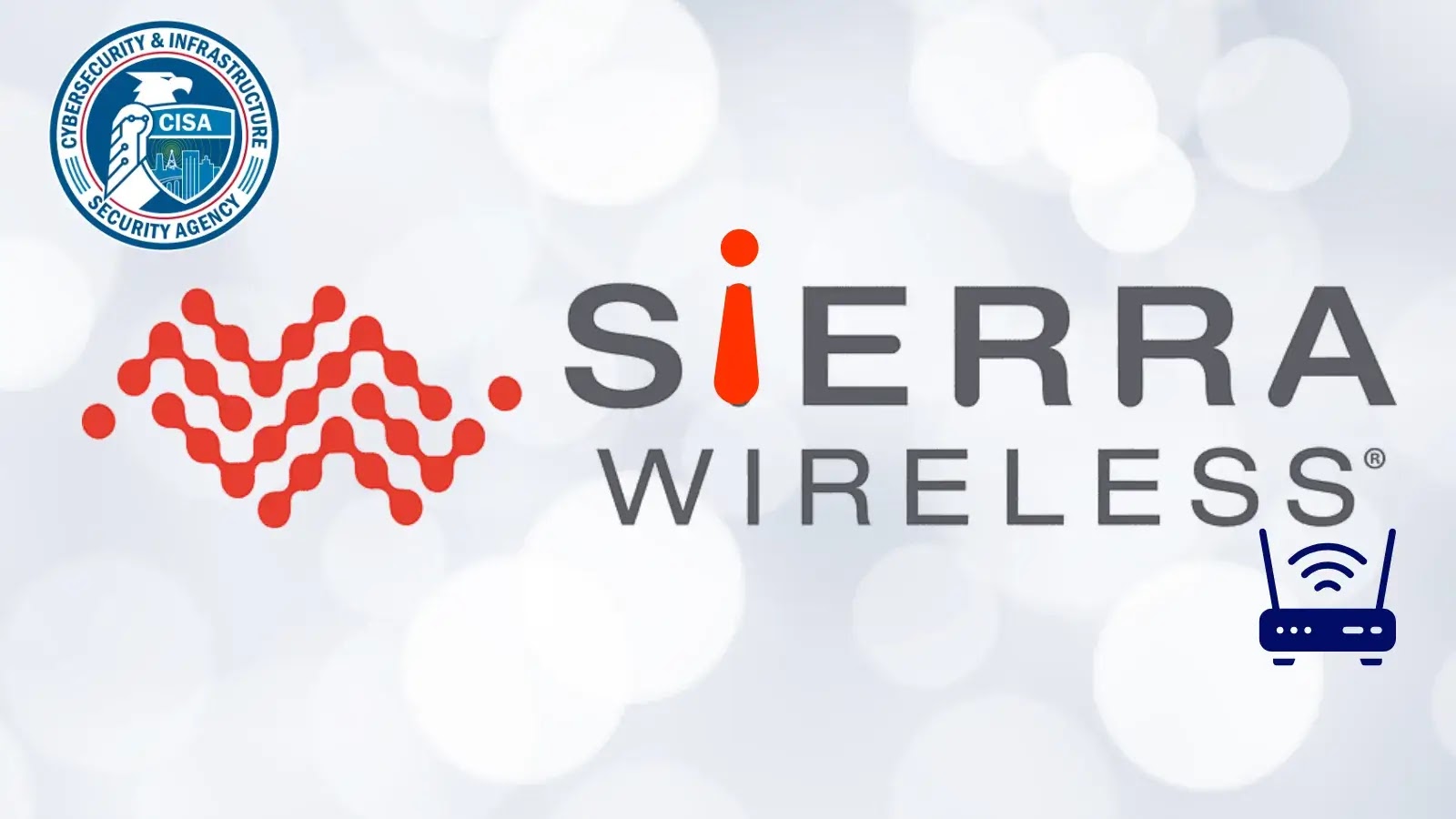Xerox has recently identified and addressed two critical security vulnerabilities in its FreeFlow Core software, specifically affecting version 8.0.4. These vulnerabilities, cataloged as CVE-2025-8355 and CVE-2025-8356, pose significant risks, including the potential for remote code execution (RCE) and server-side request forgery (SSRF) attacks. Organizations utilizing this software are strongly advised to implement the latest security updates without delay to mitigate these threats.
Understanding the Vulnerabilities
CVE-2025-8355: XML External Entity (XXE) Leading to SSRF
This vulnerability arises from improper handling of XML input within the FreeFlow Core software. When external entity references are not adequately disabled, attackers can exploit this flaw to manipulate the XML parser. Such manipulation enables unauthorized requests to internal systems, potentially granting access to sensitive resources and allowing attackers to bypass firewall protections. The implications include unauthorized data access and the ability to gather intelligence on the network infrastructure.
CVE-2025-8356: Path Traversal Leading to Remote Code Execution
The more severe of the two vulnerabilities, CVE-2025-8356, involves a path traversal issue. By exploiting this flaw, attackers can navigate beyond the intended directories of the application, accessing unauthorized files and directories. This access can escalate to remote code execution, permitting attackers to upload malicious files and execute arbitrary commands on the server. The potential consequences are severe, including complete system compromise and control over the affected server.
Severity and Impact
Both vulnerabilities have been classified with an IMPORTANT severity level by Xerox, indicating a substantial potential impact on affected systems. The risks include unauthorized access to sensitive data, disruption of services, and the possibility of attackers gaining control over critical network segments. Given the critical nature of these vulnerabilities, immediate action is necessary to prevent potential exploitation.
Mitigation Measures
In response to these vulnerabilities, Xerox has released FreeFlow Core version 8.0.5, which includes comprehensive patches addressing both CVE-2025-8355 and CVE-2025-8356. Organizations are urged to prioritize the deployment of this update through official Xerox distribution channels. Delaying the implementation of these patches increases the risk of exploitation, potentially leading to significant security breaches.
Collaborative Efforts in Addressing the Vulnerabilities
The vulnerabilities were discovered by security researchers at Horizon3.ai, who collaborated closely with Xerox to develop appropriate mitigations. This partnership underscores the importance of responsible disclosure and cooperative efforts in enhancing cybersecurity measures. By working together, both organizations have ensured that effective fixes were developed and disseminated promptly, minimizing the window of opportunity for potential attackers.
Broader Context and Historical Perspective
This is not the first instance of vulnerabilities being identified in Xerox’s FreeFlow Core software. Earlier in January 2025, multiple vulnerabilities were reported in versions 7.0.0 to 7.0.10, including issues related to authentication and path traversal leading to remote code execution. These vulnerabilities were addressed in version 7.0.11, highlighting Xerox’s ongoing commitment to identifying and mitigating security risks in its software products.
Recommendations for Organizations
Organizations utilizing Xerox FreeFlow Core should take the following steps to ensure their systems are protected:
1. Immediate Update: Deploy FreeFlow Core version 8.0.5 without delay to address the identified vulnerabilities.
2. Review Security Configurations: Assess and, if necessary, enhance security configurations to prevent unauthorized access and mitigate potential exploitation.
3. Monitor Systems: Implement continuous monitoring to detect any unusual activity that may indicate attempted exploitation of vulnerabilities.
4. Educate Staff: Ensure that IT staff are aware of the vulnerabilities and understand the importance of applying security updates promptly.
5. Engage with Vendors: Maintain open communication with Xerox and other vendors to stay informed about security updates and best practices.
Conclusion
The identification and remediation of CVE-2025-8355 and CVE-2025-8356 in Xerox FreeFlow Core underscore the critical importance of proactive cybersecurity measures. Organizations must remain vigilant, promptly applying security updates and continuously monitoring their systems to protect against emerging threats. By taking immediate action, organizations can safeguard their infrastructure, maintain the integrity of their operations, and protect sensitive data from potential exploitation.



